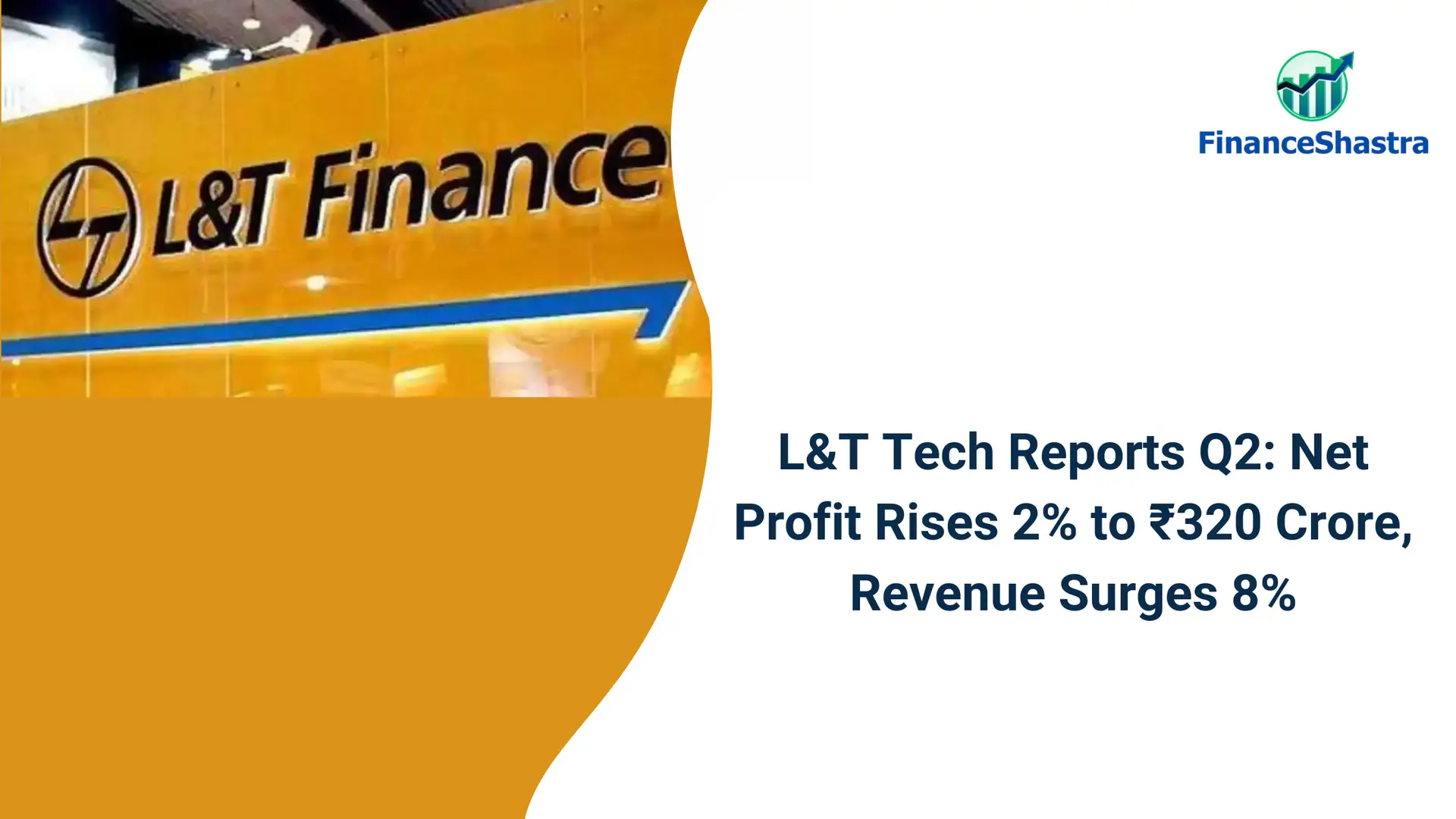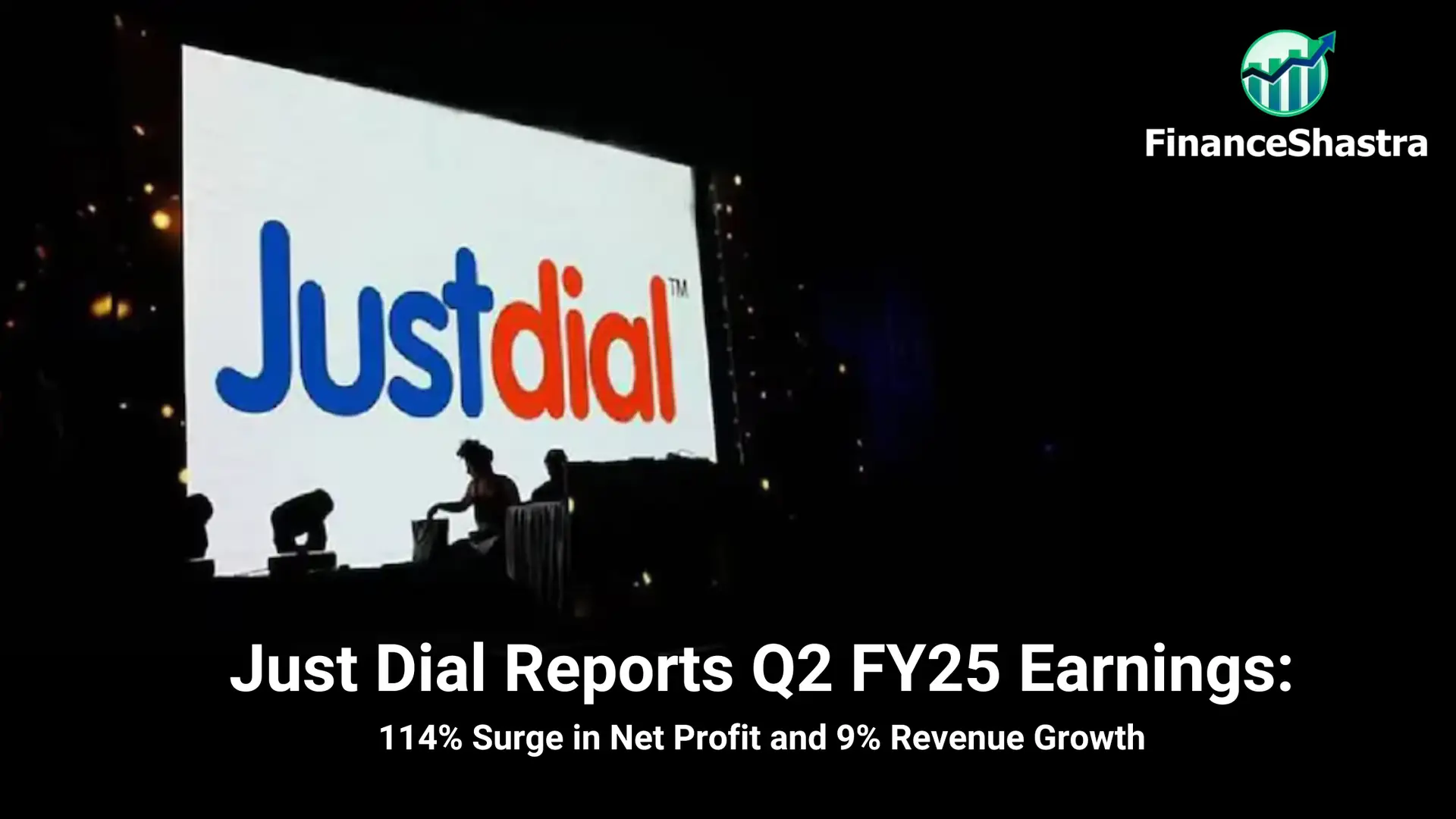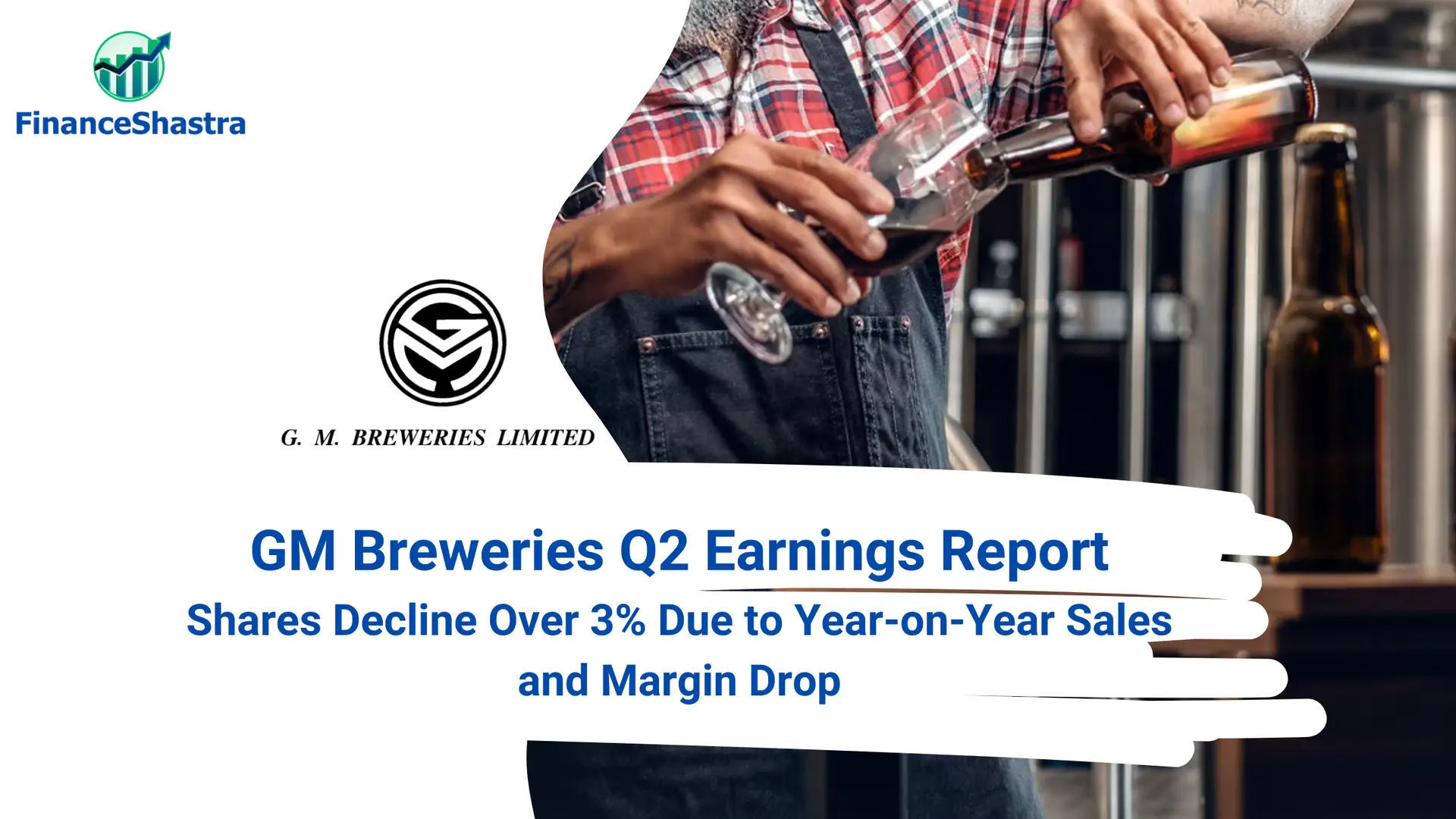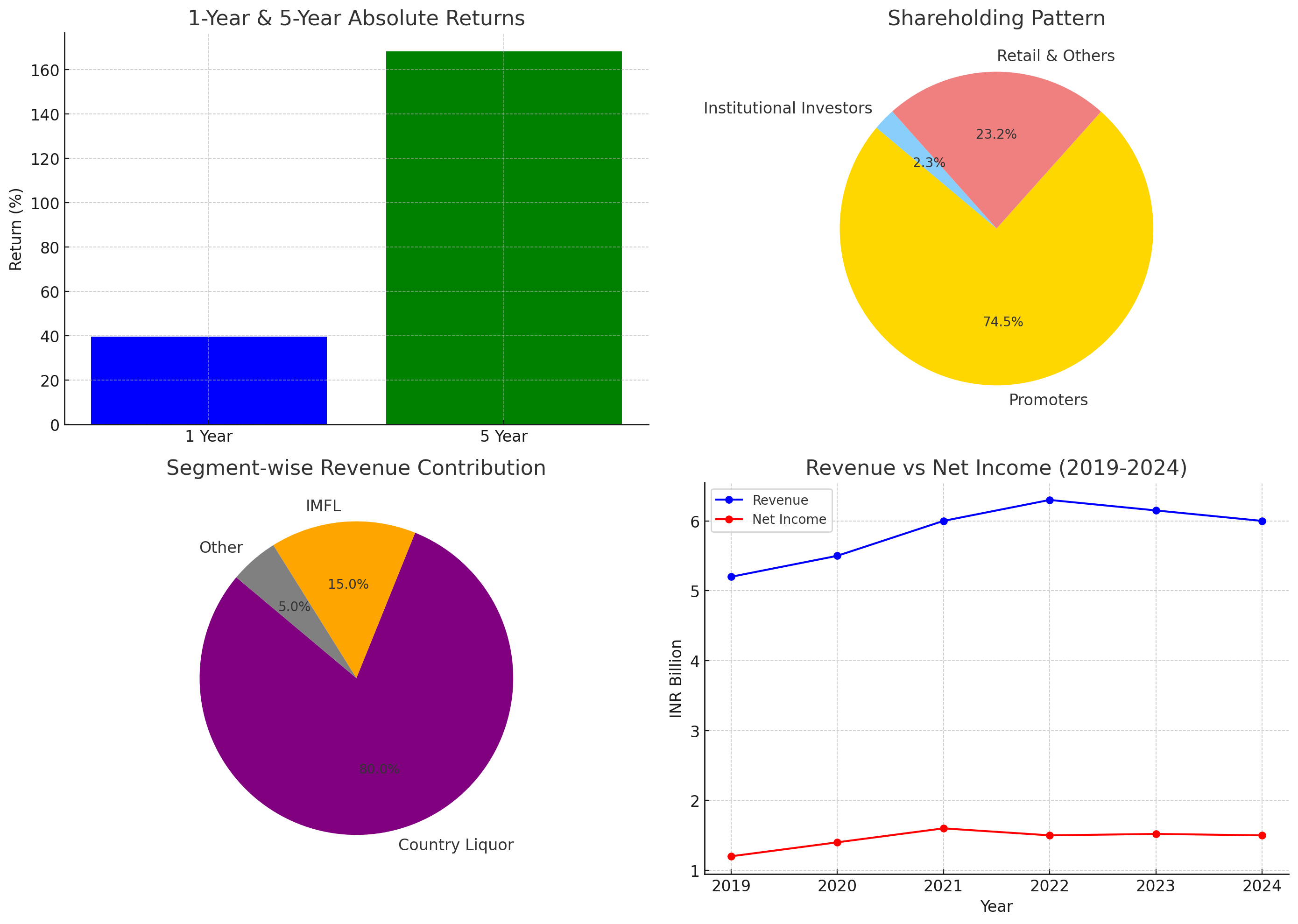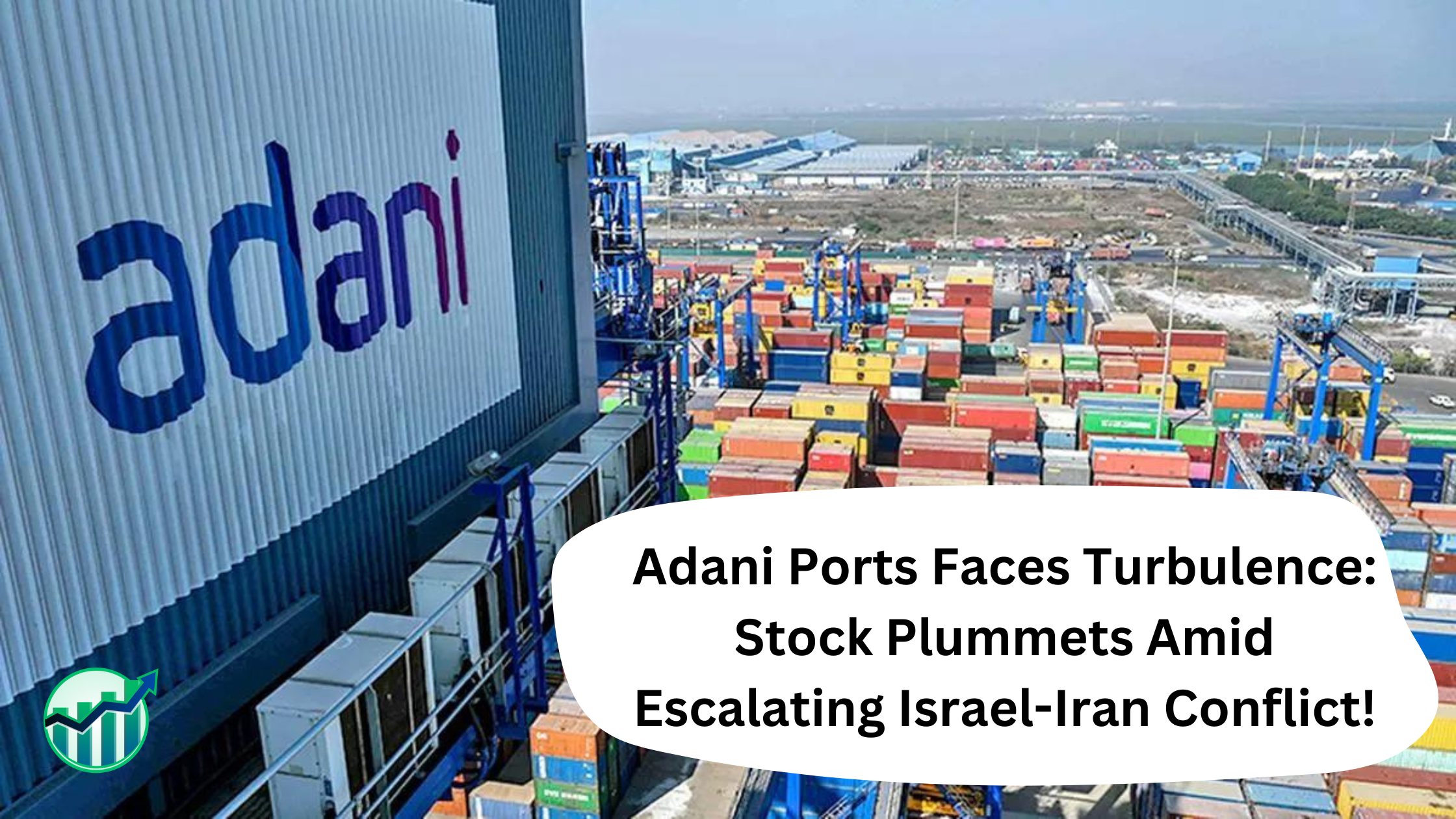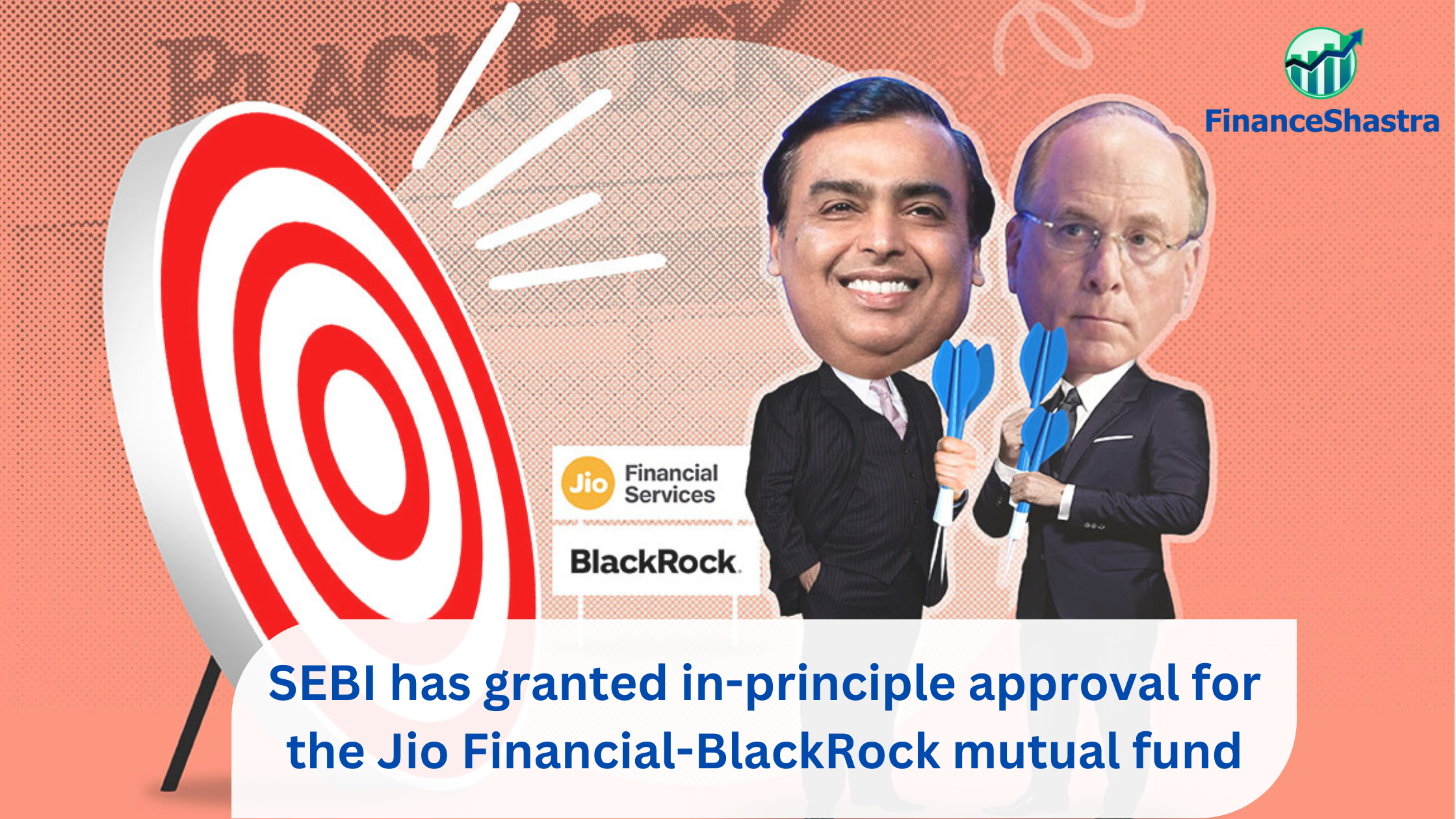L&T Finance Q2 FY25 Results: Net Profit Rises 2% to ₹696 Crore, Revenue Jumps 17%
Company Overview
L&T Finance Holdings, part of the Larsen & Toubro Group, is a key player in India’s financial sector, offering a wide range of services across rural, housing, and infrastructure finance. Through its subsidiaries, it provides products like microfinance, two-wheeler loans, farm equipment finance, and home loans. The company is also involved in financing large-scale infrastructure projects.
L &T Finance emphasizes digital transformation, using data analytics and AI to enhance customer experience and streamline operations. It has adopted a strong Environmental, Social, and Governance (ESG) framework, ensuring sustainable business practices. In recent years, it has improved asset quality by reducing non-performing assets (NPAs) and focusing on cost optimization. With a focus on retail and rural finance, L&T Finance is committed to long-term, responsible growth in India’s financial ecosystem.
Industry Outlook
India’s economy is projected to grow by 7% in FY25, driven by strong private consumption and credit demand. This growth is set to significantly boost the financial sector, particularly non-bank financial companies (NBFCs), which are expected to see increased profitability despite higher funding costs. Credit demand is likely to expand, especially in infrastructure, housing, and microfinance sectors, with NBFC loan growth projected to increase by 15%, fueled by strong performance in key consumption areas. Infrastructure lending is poised for substantial growth due to large investments in energy and urban development. L&T Finance plans to expand its infrastructure portfolio by over 20% to capitalize on these opportunities. Additionally, the company is focused on improving asset quality, aiming to reduce its Gross Non-Performing Assets (NPAs) to below 3.0%, down from 3.1% in FY24. L&T Finance is also expected to enhance its sustainability efforts by increasing its allocation towards ESG projects.
Business Segments
- Rural Finance: This includes microfinance, farm equipment finance, and two-wheeler loans, primarily catering to rural consumers. It plays a key role in driving financial inclusion in India’s rural economy.
- Retail Finance: L&T Finance offers home loans, loans against property, and other personal loans, targeting individual consumers in urban and semi-urban areas.
- Infrastructure Finance: The company has a significant presence in financing large-scale infrastructure projects, such as energy, transportation, and urban development, supporting India’s infrastructure growth.
- Mutual Funds and Wealth Management: Through L&T Investment Management, the company manages a wide range of mutual funds and wealth management products for retail and institutional investors.
Q2 FY25 Highlights
- L&T Finance reported a Profit After Tax (PAT) of ₹696 crore, reflecting a 17% increase compared to the previous year. This growth is a strong indicator of the company’s profitability and overall financial health.
- The company maintained a stable Return on Assets (RoA) at 2.60%, up 18 basis points year-over-year. With 96% of its loan book now in retail financing, it is advancing its “retailization” strategy to reduce corporate loan dependence and improve asset quality.
- L&T Finance’s retail loan portfolio grew 28% YoY to ₹88,975 crore, driven by strong demand for home loans, vehicle financing, and microfinance. The consolidated book grew 18% YoY, the highest since Q1FY20.
- L&T Finance improved its Net Interest Margin (NIM) to 8.94%, up by 32 bps YoY, while reducing its Weighted Average Cost of Borrowings (WACB) to 7.80%, down by 5 bps. Credit cost remained stable at 2.59%, and the collection efficiency for the rural segment stood at 99.45%.
Financial Summary
| INR in Cr. | FY25 Q2 | FY25 Q1 | QoQ (%) | FY24 Q2 | YoY (%) |
| Total Operating Income | 4019 | 3784 | 6.20% | 3214 | 25.10% |
| Total Expenditure (Excl Depreciation) | 1575 | 1482 | 6.20% | 1331 | 18.30% |
| Operating Profit (PBDIT) excl Other Income | 2444 | 2302 | 6.20% | 1882 | 29.90% |
| Other Income | 5 | 0 | 2.00% | 268 | -98.30% |
| Operating Profit (PBDIT) | 2449 | 2302 | 6.40% | 2151 | 13.90% |
| Interest | 1476 | 1351 | 9.20% | 1325 | 11.40% |
| Depreciation | 33 | 28 | 17.10% | 28 | 17.50% |
| Profit Before Tax | 940 | 922 | 1.90% | 797 | 17.80% |
| Tax | 243 | 237 | 2.50% | 203 | 19.60% |
| Net Profit | 697 | 685 | 1.70% | 594 | 17.20% |
| Share in Profit of Associates | 0 | 0 | 0.00% | 0 | 0.00% |
| Minority Interest | 1 | -0.43 | -523.10% | 1 | -223.60% |
| Consolidated Net Profit | 696 | 686 | 1.50% | 595 | 16.90% |
SWOT Analysis
Strengths:
- Strong Family Background
- Wide Range of Products
- Effective Retaliation Strategy
- Significant Presence in Rural Areas
Opportunities:
- Expanding Rural Market
- Government Investment in Infrastructure
- Growth in Digital Services
- Potential for Cross-Selling
Weaknesses:
- Heavy Reliance on External Borrowing
- Legacy Issues with Corporate Loans
- Non-Performing Assets (NPAs)
- Delay in Digital Transformation
Threats:
- Changes in Regulations
- Economic Slowdown
- Increasing Competition
- Fluctuations in Interest Rates

